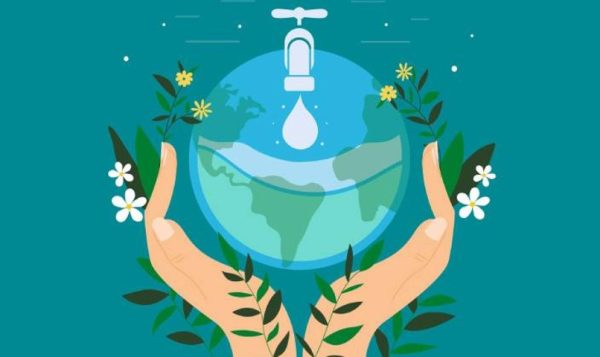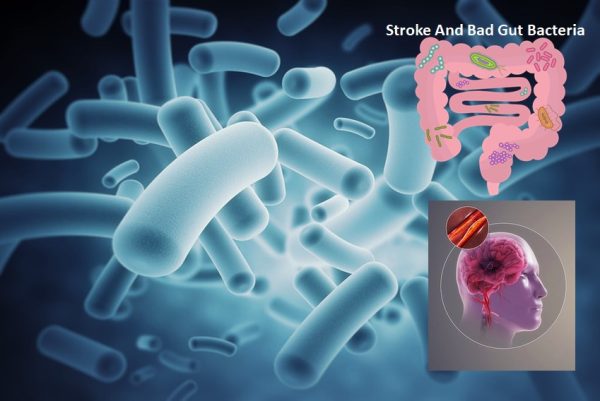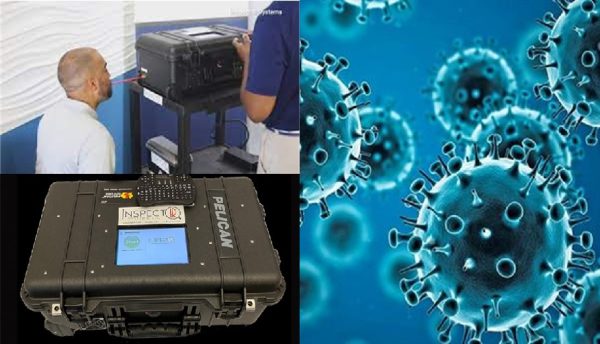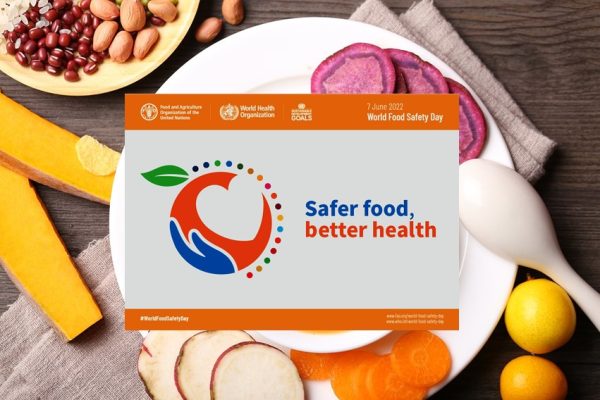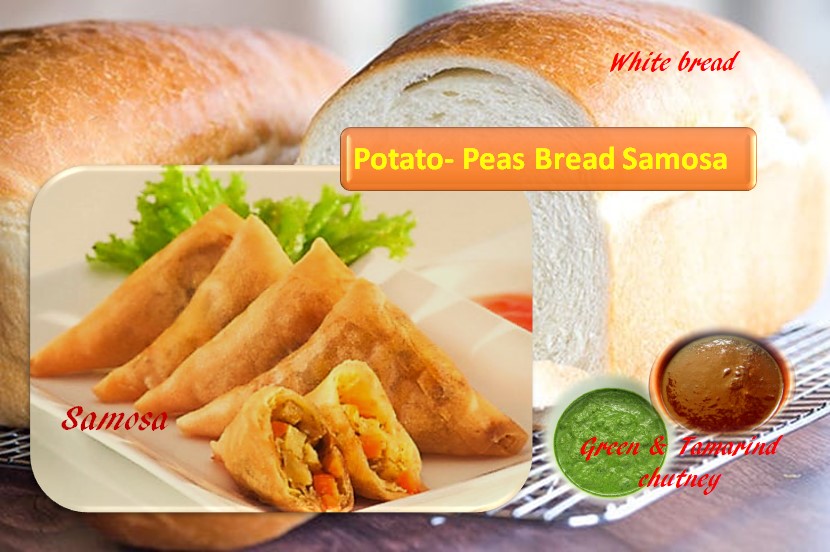
Bread Samosa recipe
If you are fed up of eating bread, don’t throw bread instead prepare delicious bread samosa. All you need is few vegetables and masala powders that available in Indian grocery stores. It is easy to prepare and will be a yummy snack that kids love to have.
Why not give it a try?
What you need?
- Peas & carrot – ½ cup
- Boiled potato -6-8
- Ginger paste – ½ tsp
- All purpose flour – 1 cup
- Coriander powder – ½ tsp
- Green chilly paste – ½ tsp
- Cumin – ½ tsp
- Chilli powder -1/2 tsp
- Amchur (mango powder) -1/2 tsp
- Garam masala – ½ tsp
- Ajwain – ½ tsp
- Cilantro chopped -1 Tbs
- Mint leaves chopped – 1 Tbs
- Bread pieces – 12
- Oil – for frying
How to prepare?
- Boil potatoes and remove skin.
- Heat a pan on medium flame, add 1 Tbs oil. To heated oil add cumin, ginger and green chilli paste followed by peas and carrot. Fry all these ingredients and remove from the stove.
- Now, smash boiled potato and add it to peas -carrot masala along with – coriander powder, Amchur powder, garam masala powder.
- Add cilantro and mint chopped leaves, chilli powder, salt and mix well.
- Remove bread crest and cut the white portion to half. Sprinkle little ajwain on top of white pieces and using a chapatti roller flatten the white portion.
- Add little water to all-purpose flour and prepare paste. Apply this paste to rolled bread piece and prepare a cone by folding the bread piece. While folding the cone, apply little paste to the edge to keep folding intact*.
- Fill the potato-peas masala in the cone and close the cone.
- Heat oil in deep pan and fry bread cone containing masala to golden brown color.
- Serve hot samosa with green chutney or tomato ketchup.
*If you find it hard to make a cone, just place the vegetable masala in the center and fold it like a spring roll and fry!!
** Chutneys are available in most Indian grocery stores. If you want to prepare healthy chutney recipe then, you can find one such recipe here.
.
Reference: www.werindia.com
Author: HealthyLife | Posted on: June 21, 2022
« Quick And Delicious Moth Bean Chat Instant Upma mix and upma recipe »


